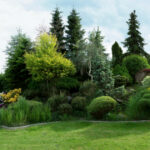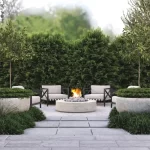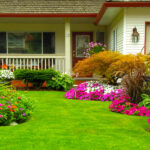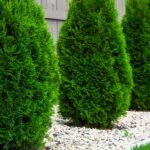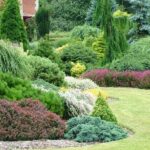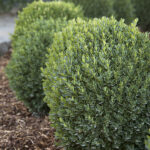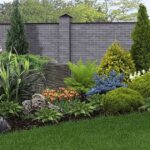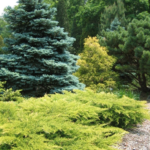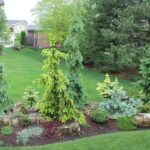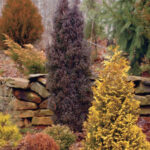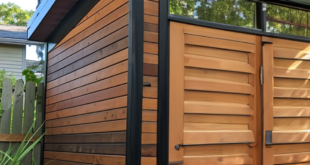Evergreen landscaping is a popular trend in garden design that involves using plants that maintain their foliage and color throughout the year. This type of landscaping adds structure, texture, and color to a garden, providing year-round interest and beauty. Evergreen plants are a great choice for those who want a low-maintenance garden that looks good in all seasons.
One of the main benefits of evergreen landscaping is that it provides a constant backdrop for the garden, even during the winter months when most plants are dormant. This helps to create a cohesive and visually appealing landscape that is always green and vibrant. Evergreen plants also help to create a sense of structure and organization in the garden, providing a backdrop for colorful annuals and perennials.
Another advantage of evergreen landscaping is that it helps to create a sense of privacy and create boundaries within the garden. Evergreen shrubs and trees can be used to create hedges and screens that block out unwanted views or provide a sense of enclosure. They can also be used to create shade and shelter for other plants, as well as for wildlife such as birds and small mammals.
In addition to their aesthetic appeal, evergreen plants are also practical choices for the garden. They require less maintenance than deciduous plants, as they do not need to be pruned or cut back as frequently. Evergreens are also more drought-resistant than many other types of plants, making them ideal for low-water gardens or areas with dry climates.
When planning an evergreen landscape, it is important to consider the specific needs and growing conditions of the plants you choose. Some evergreens prefer full sun, while others thrive in partial shade. It is also important to consider the size and growth habits of the plants, as well as their soil and water requirements. By carefully selecting and planting evergreen species that are well-suited to your garden, you can create a beautiful and low-maintenance landscape that will thrive for years to come.

